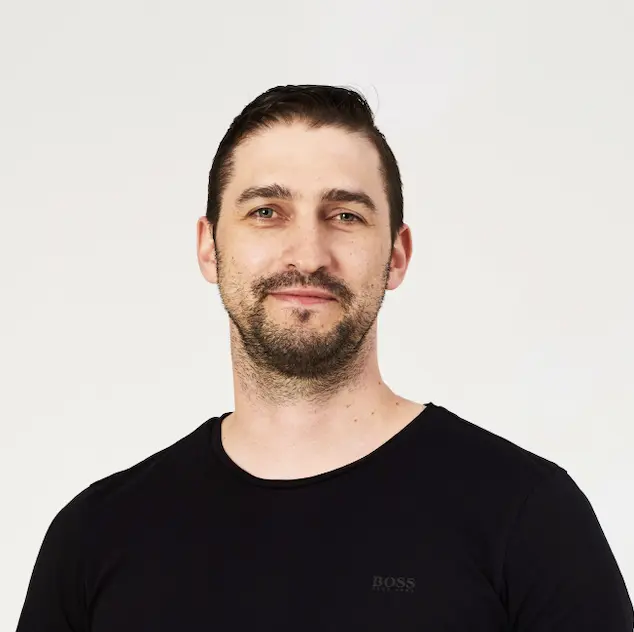Apr 29, 2024
10 Insights from "Lessons Learned from 1,000+ YC Startups with Dalton Caldwell"
I recently listened to Lenny's podcast, where he spoke to Dalton Caldwell, Managing Director at Y Combinator, and discovered a few interesting insights. Here are 10 of them: #1 AirbnbTo succeed in a startup keep going, try new things and believe in your idea. Airbnb faced multiple challenges and setbacks before achieving success, including the po...
Jan 10, 2024
Commitment is a function of two things: clarity and buy-in
"Commitment is a function of two things: clarity and buy-in" -- Patrick Lencioni, The five dysfunctions of a team Clarity in either a project or an organisation ensures that the involved parties understand the goals, expectations, and roles given to them. All of these translate into apparent communication, well-defined objectives, and a shared vi...
Jan 8, 2024
Forces That Block Change
We will always be more comfortable with what already exists, even if it's 💩. Typically, we are not actively looking for better ways to solve problems we face. And this could be due to a number of reasons. Sometimes, we don’t even realise how bad or time-consuming the experience is because we are so used to it. It’s just the way it is, and we beco...
Jan 7, 2024
Go Bold
If you're putting a lot of effort into creating a new product or feature to solve a customer problem, ensure you have the bold solution under your sleeve too. Even on paper (or in Figma), bold ideas push boundaries and inspire creative thinking in your team. We sometimes find ourselves dropping to the status quo. We forget to challenge ourselves a...
Jan 5, 2024
Stop sharing solutions with your team
One of the many mistakes I made when I started my product management career was thinking that if I shared a customer problem with the team, I must also present a ready-made solution. This notion stems from managing up. You don’t go to the leadership team with a problem without providing options to solve it and a recommendation. However, this doesn...
Oct 11, 2023
Strategic Balance and Flow
Prioritising product features sometimes means generating buzz rather than following traditional frameworks. Sometimes, being first to market or achieving a quick revenue boost can override the standard roadmap or strategy. And sometimes, you want to boost team motivation and focus on exciting features, especially after a long stretch of mundane ...
Sep 15, 2023
The Power of "Stupid" Ideas
Have you ever found yourself hesitating to share an idea, one so weird or seemingly absurd that you questioned its merit? I've made a conscious decision to share even my wildest and seemingly "stupid" ideas with my team. Because hidden beneath these unusual thoughts, there's a chance for something really amazing. During brainstorming, we are oft...
Aug 13, 2023
Company Values
It’s been 18 months since we set our values, and they are still relevant and capture our team culture really well. It’s a good sign. Here are our four values: ADAPTABILITY, TRANSPERANCY, OWNERSHIP, and EMPATHY. We still use the language in our day-to-day conversations, and it helps us gain focus and direction in moments of ambiguity. Values Adapti...
Jul 17, 2023
"How We Roll" Team Activity
Looking for a team-building activity that's both enjoyable and beneficial for fostering better connections and understanding among your team? Well, let me share with you an activity called "How We Roll" that originally came from the book "Team Up" by Keegan Luiters. Then I made a couple of tweaks to the template and the activity to make it even mor...
Jul 9, 2023
The Future of Product Managers
The news of product managers being removed from teams at companies like Dovetail and Airbnb has generated intrigue and speculation about the future of this role. Some argue that successful products can be developed without product managers. However, whether to include or exclude product managers depends on various factors, including company cultur...
